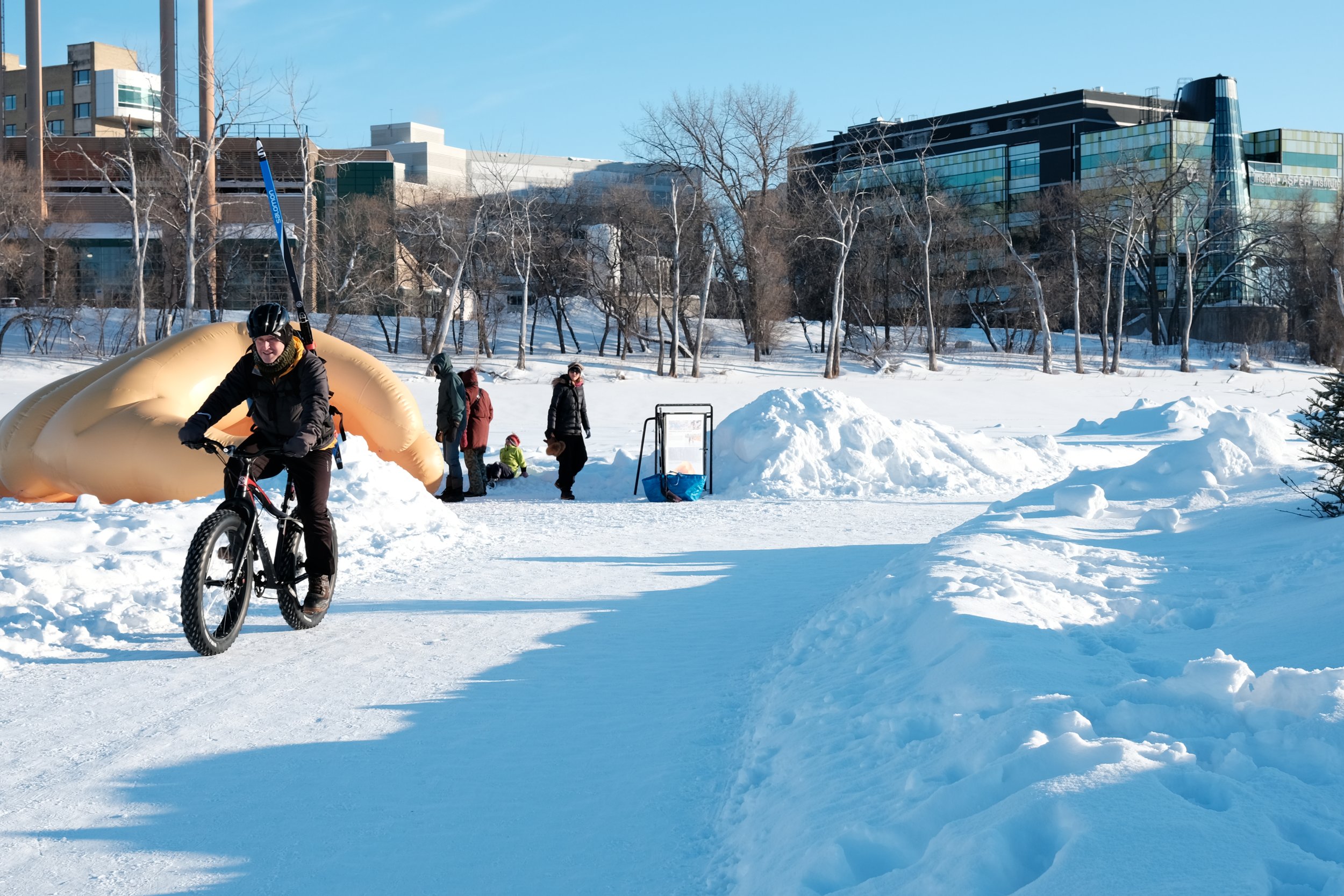While it’s easy to think of your place of business as just being the interior of your offices, warehouses, or other workspaces, they can also include car parks and other outside spaces. In that case, knowing how to effectively manage these spaces when the winter weather comes can have a direct impact on the success of your business. Going through some methods of doing so now can put you in a position to effectively, and efficiently deal with issues as soon as they arrive.
Clearing Snow
One of the predominant issues that many businesses might be facing in this regard could be the presence of snow. Some parts of the world are naturally more equipped to deal with the snow than others, but even being more regularly inundated by it on a regular basis puts you in a good position to do something about it. With better infrastructure in place for such places (local authorities that are more used to combating these negative impacts through road gritting and other methods), employees are likely still going to come to work.
Snow ploughs and similar tools designed to aid with snow removal are likely going to be your first port of call. Having such equipment on hand puts you in a strong position to be able to deal with the weather when unexpected snow hits. While some businesses might think of how a more flexible working model can help their staff work from wherever they live, those that need their employees to attend can benefit from this method.
Working Outside
Of course, for some businesses, it’s not just that they have an external aspect of their business, such as a car park, but all of their work instead takes place outside. In lines of work such as conservation, construction, gardening, or types of outside engineering, people might not be able to afford the kind of setbacks that winter can threaten. In some lines of work, like gardening, businesses might operate on a seasonal basis that takes some of the pressure away from this situation – but that won’t be the case every time.
When it comes to construction, you might find that you can’t afford to slow down. However, your employees are going to be more at risk during this time of year due to the potential for wet surfaces, icy surfaces, and damage to fingers and hands while working. This means that proper safety protocols have to be observed, and effective safety equipment has to be provided – such as insulating gloves that can still allow for nimble dexterity.
Roof Access
Some office blocks or other buildings will have rooftop access available. This might primarily be for the sake of allowing access to certain utilities or facilities for maintenance, which might mean that a lot of your management of this space comes down to how you restrict access. After all, in winter, a slippery rooftop is going to be risky for everyone, meaning that you only want such a space accessed by someone who is qualified to do so.
Of course, your roof (if you do have one) can provide much more utility than that. If you’re undergoing the process of making your rooftop an integral part of your business, the increased dangers presented by winter might throw a spanner in the works. So, it becomes essential to learn how you can keep yourself safe while getting what you need to from the roof – perhaps down to including proper safety equipment like higher railings.
Seating Areas
If you’re in hospitality, a primary outside area might be the seating area. This is incredibly helpful during summer – adding an enormous amount of seating space to your restaurant, bar, or cafe. However, this can turn into a weakness when you’re expecting a certain amount of seating space, only to have it restricted by the winter weather.
If you can confidently assume that nobody is going to sit outside, cover and protect your outside spaces so that your furniture doesn’t get ruined. Alternatively, implementing covered seating areas with heat lamps can encourage people to keep making the most of their outside space all year round – making it an investment that could pay for itself.




